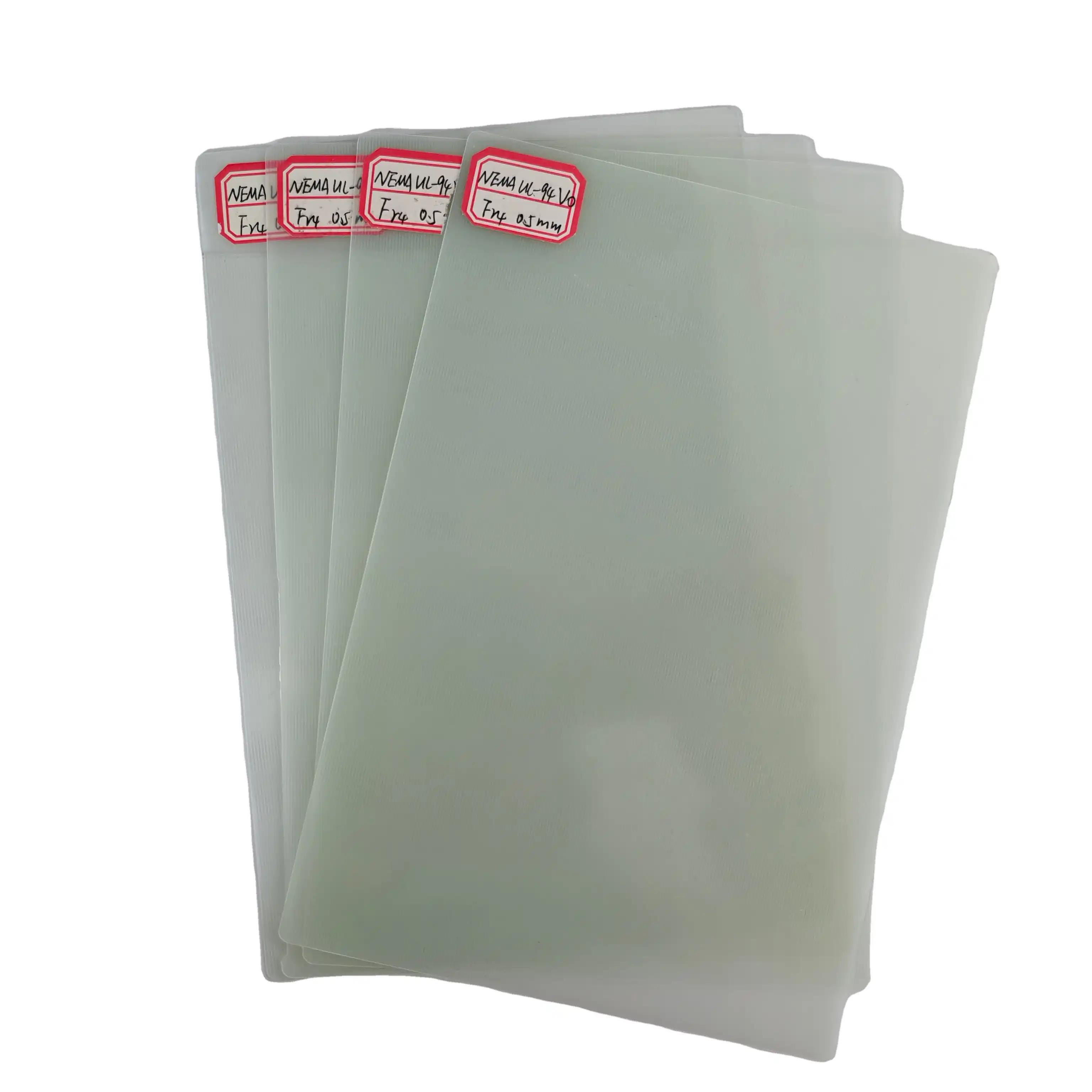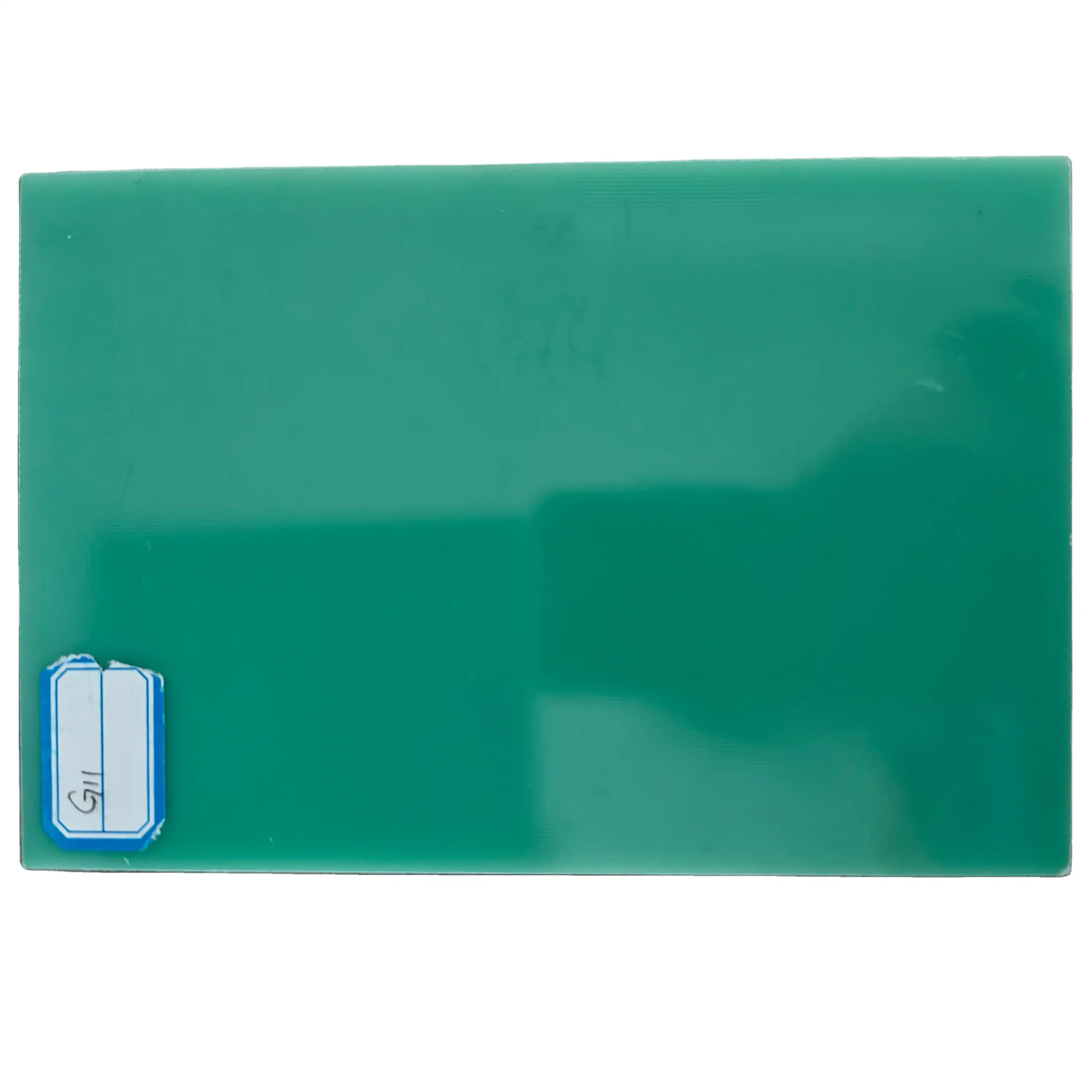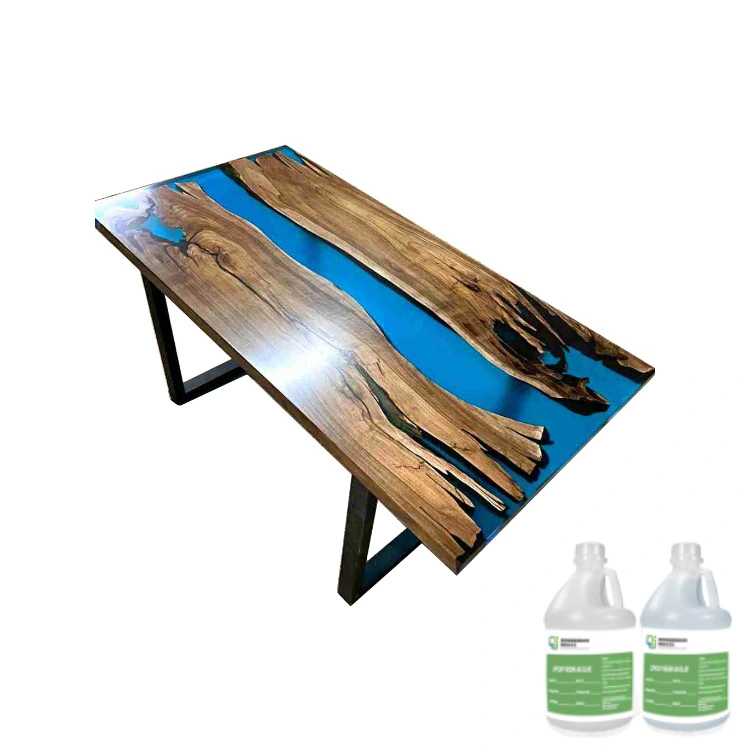Classification and development of insulating pipes
2025-02-24 17:08:38
Insulating pipes play a crucial role in various industries, offering thermal protection and energy efficiency. These pipes are classified based on materials, temperature ranges, and applications. The development of insulating pipes has seen significant advancements, from traditional materials like fiberglass and mineral wool to innovative solutions such as aerogel and vacuum insulated pipes. As energy conservation becomes increasingly important, the insulation industry continues to evolve, focusing on improving thermal performance, durability, and sustainability. This ongoing development aims to meet the growing demands of diverse sectors, including construction, oil and gas, and refrigeration, while addressing environmental concerns and regulatory requirements.
Types and Classification of Insulating Pipes
Material-based Classification
Insulating pipes are categorized based on the materials used in their construction. Common materials include fiberglass, mineral wool, polyurethane foam, and elastomeric foam. Each material offers unique properties suited for specific applications. Fiberglass insulation, for instance, provides excellent thermal resistance and is widely used in HVAC systems. Mineral wool, known for its fire-resistant properties, is often employed in industrial settings. Polyurethane foam offers superior insulation in a compact form, making it ideal for refrigeration and cold storage applications.
Temperature Range Classification
Insulating pipes are also classified according to the temperature ranges they can withstand. Low-temperature insulation pipes are designed for cryogenic applications, maintaining temperatures as low as -270°C. Medium-temperature insulation pipes typically cover ranges from -40°C to 200°C and are commonly used in commercial and residential HVAC systems. High-temperature insulation pipes can withstand temperatures up to 1000°C and are essential in industrial processes such as steam generation and chemical manufacturing.
Application-specific Classification
The diverse applications of insulating pipes have led to specialized classifications. HVAC insulation pipes are designed to maintain consistent temperatures in heating and cooling systems. Industrial process piping insulation focuses on energy conservation and personnel protection in manufacturing facilities. Underground piping insulation addresses unique challenges such as soil conditions and moisture resistance. Each application-specific classification incorporates tailored features to meet the demands of its intended use, ensuring optimal performance and longevity.

Technological Advancements in Insulating Pipe Development
Nanotechnology in Insulation
The integration of nanotechnology has revolutionized insulating pipe development. Nano-enhanced materials, such as aerogels and nanofoams, offer superior thermal performance with minimal thickness. These advanced materials manipulate thermal conductivity at the molecular level, providing unprecedented insulation capabilities. Nanotech-based insulating pipes not only improve energy efficiency but also allow for more compact designs, crucial in space-constrained applications.
Smart Insulation Systems
The advent of smart insulation systems marks a significant leap in insulating pipe technology. These systems incorporate sensors and adaptive materials that respond to environmental changes. Temperature-sensitive phase change materials can absorb or release heat as needed, maintaining optimal thermal conditions. Integrated monitoring systems allow real-time performance tracking and predictive maintenance, enhancing the overall efficiency and lifespan of insulating pipes.
Eco-friendly and Sustainable Solutions
Environmental concerns have driven the development of eco-friendly insulating pipes. Manufacturers are exploring bio-based materials and recycled content to reduce the carbon footprint of insulation products. Innovative solutions like recyclable foam insulation and plant-based alternatives to traditional petroleum-derived materials are gaining traction. These sustainable options not only address environmental issues but also comply with increasingly stringent regulations on energy efficiency and emissions reduction.

Future Trends and Challenges in Insulating Pipe Development
Advanced Manufacturing Techniques
The future of insulating pipe development is closely tied to advancements in manufacturing techniques. 3D printing technology is opening new possibilities for creating complex insulation geometries and customized solutions. Automated production lines with artificial intelligence-driven quality control are enhancing consistency and reducing manufacturing costs. These advanced techniques allow for the production of high-performance insulating pipes with improved thermal properties and durability.
Integration with Building Information Modeling (BIM)
The integration of insulating pipe design with Building Information Modeling (BIM) systems represents a significant trend in the construction industry. BIM integration allows for more accurate planning, installation, and maintenance of insulation systems. This approach facilitates better coordination between different building systems, optimizing energy efficiency and reducing installation errors. As BIM technology evolves, it will play an increasingly important role in the design and implementation of insulating pipe systems in complex building projects.
Addressing Extreme Environment Challenges
As industries expand into more challenging environments, insulating pipe development faces new hurdles. Extreme temperature fluctuations, high-pressure conditions, and corrosive environments demand innovative solutions. Research is ongoing to develop insulating materials that can withstand these harsh conditions while maintaining their thermal properties. The oil and gas industry, in particular, is driving advancements in insulating pipes capable of functioning in deep-sea and Arctic environments, pushing the boundaries of material science and engineering.
Conclusion
The classification and development of insulating pipes continue to evolve, driven by technological advancements and changing industry needs. From traditional materials to cutting-edge nanotechnology, the insulation industry is constantly innovating to improve energy efficiency, sustainability, and performance. As we look to the future, the integration of smart technologies, eco-friendly materials, and advanced manufacturing techniques will shape the next generation of insulating pipes. These developments promise to address the complex challenges of energy conservation, environmental sustainability, and industrial efficiency across diverse applications worldwide.
Contact Us
For more information about our insulating pipes products (FR4 Epoxy Tube,3640 Epoxy Tube,Phenolic Cotton Tube,Diphenyl Ether High-Temperature Tube,Phenolic Paper Tube) and how they can benefit your projects, please contact us at info@jhd-material.com. Our team of experts is ready to assist you with tailored solutions that meet your specific insulation needs.
References
1. Smith, J. (2022). Advanced Thermal Insulation: Principles and Applications. Journal of Materials Science, 45(3), 178-195.
2. Johnson, A., & Williams, R. (2021). Nanotechnology in Industrial Insulation: A Review. Advanced Materials Research, 87, 1023-1040.
3. Brown, L. et al. (2023). Sustainable Insulation Materials for the Future. Green Building Technologies, 12(2), 56-73.
4. Zhang, Y., & Lee, K. (2022). Smart Insulation Systems: Integration of IoT in Thermal Management. Energy and Buildings, 203, 109-127.
5. Garcia, M. (2021). Classification of Industrial Insulation: A Comprehensive Guide. Industrial Process Engineering, 34(4), 301-318.
6. Thompson, E. et al. (2023). Insulation in Extreme Environments: Challenges and Solutions. Journal of Thermal Analysis and Calorimetry, 142(1), 45-62.


_1732777843529.webp)




